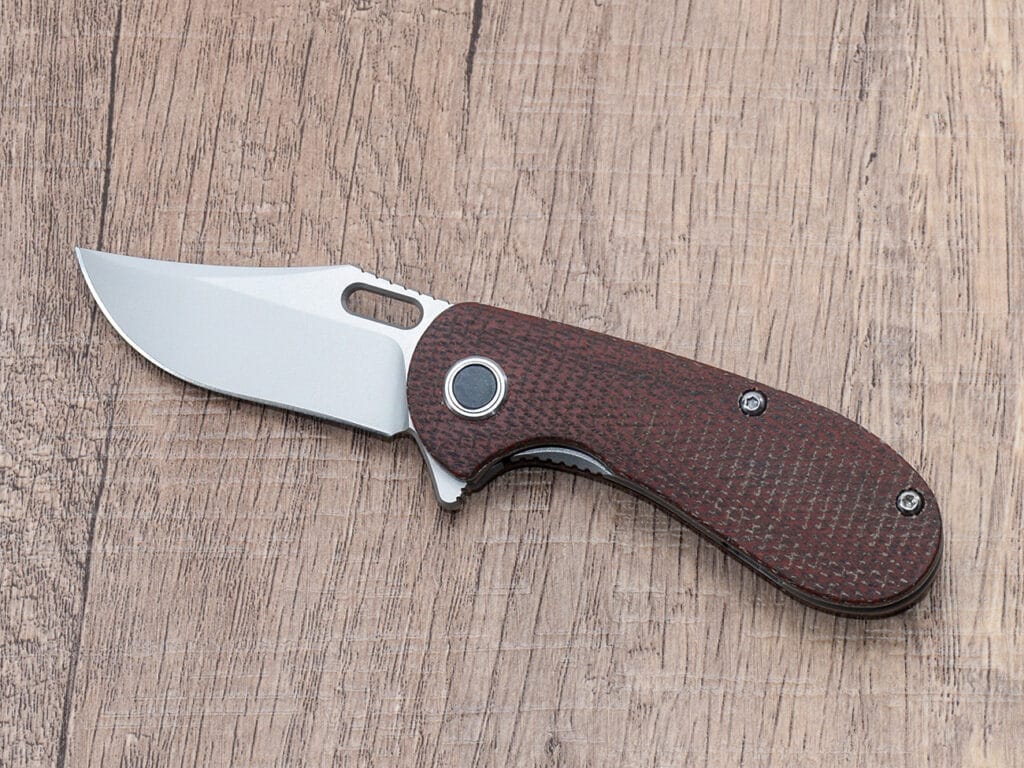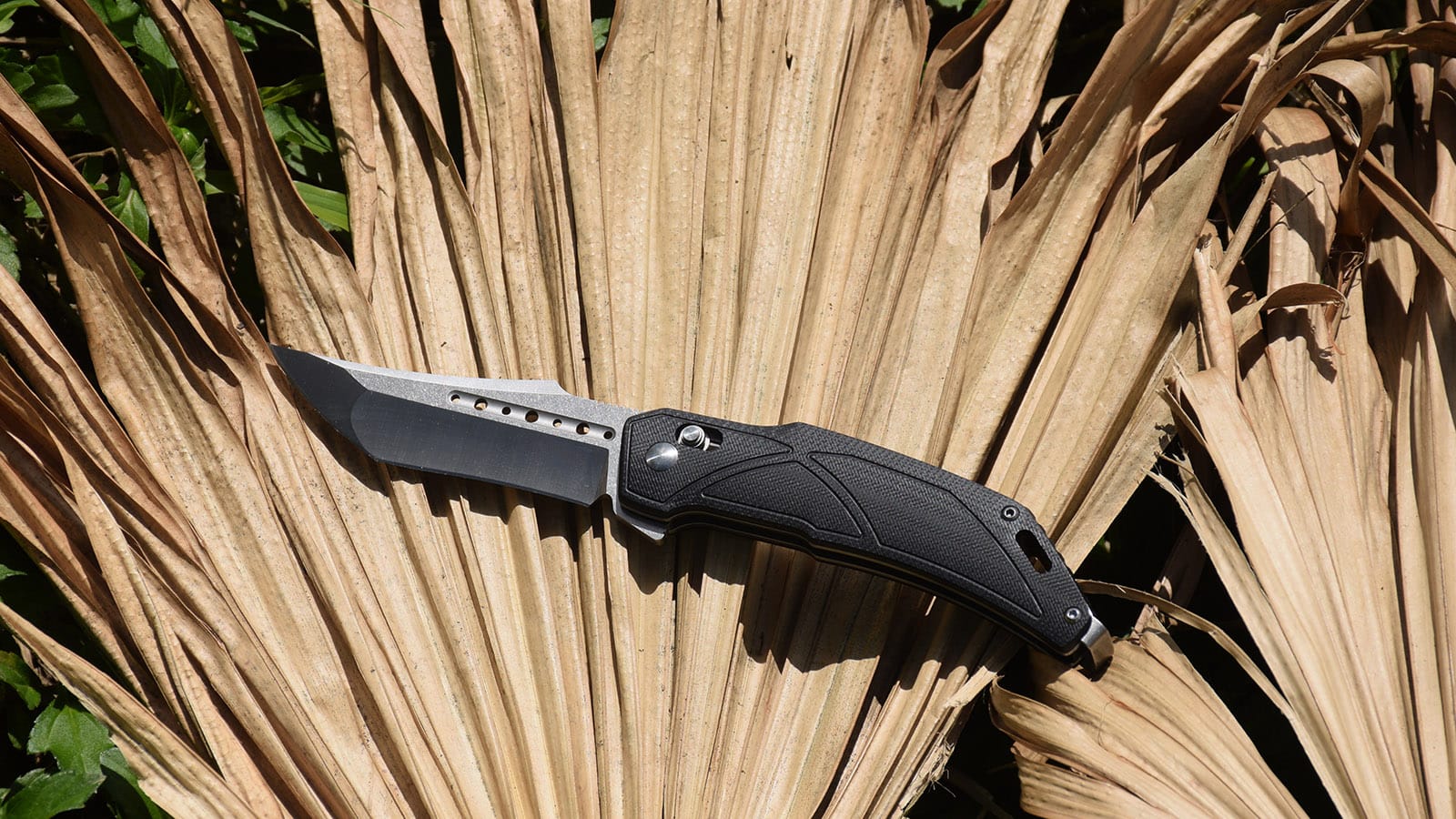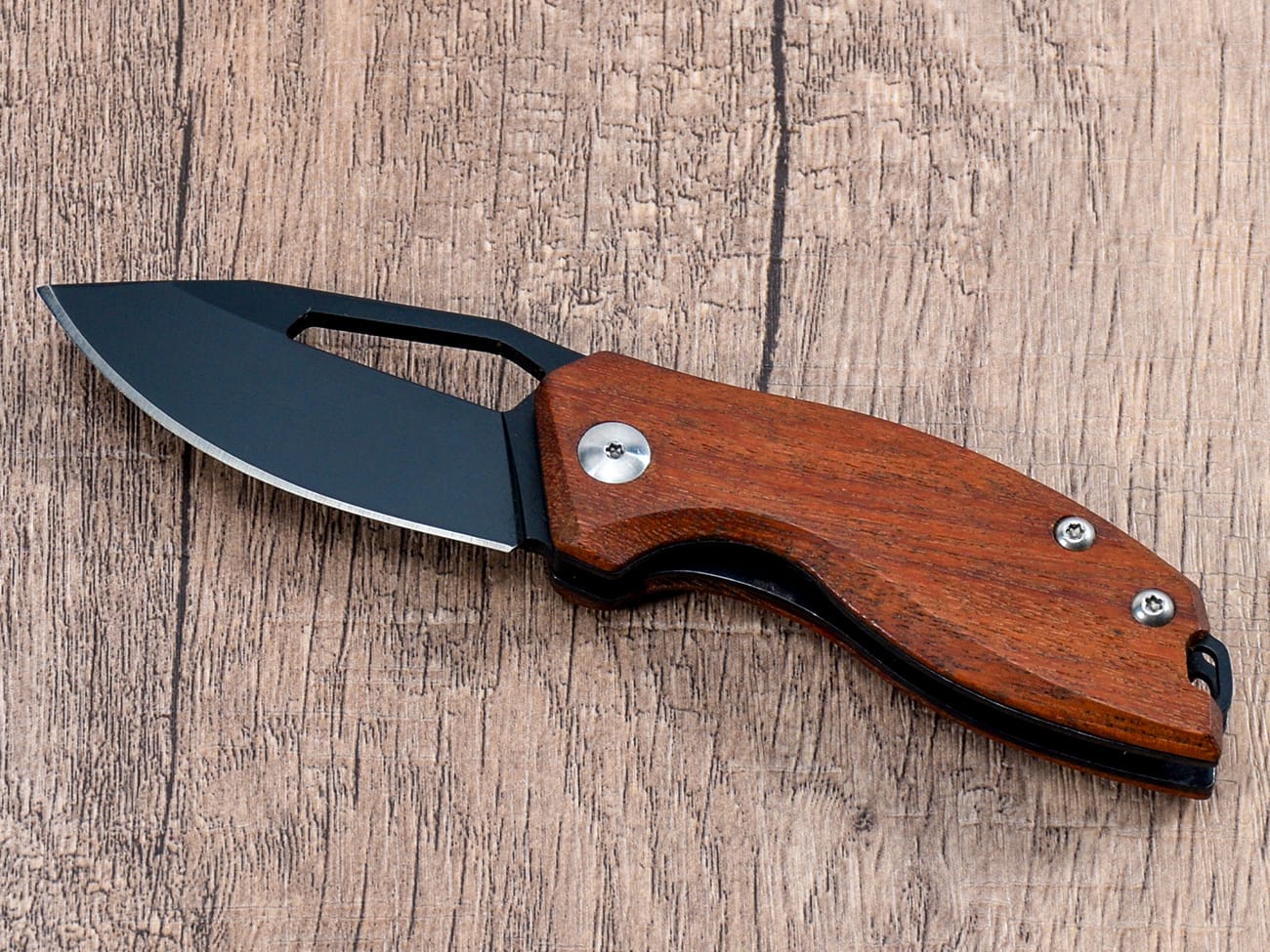Have you ever wondered why many pocket knife blades have holes in them? These seemingly simple cutouts serve multiple important functions that enhance both the knife’s performance and user experience. In this comprehensive guide, we’ll explore the various purposes of holes in knife blades and how they make your EDC knife more functional and easier to handle.
Why Do Knives Have Holes in the Blade?
The presence of holes in a knife’s blade isn’t just for aesthetics. These strategic openings serve several practical purposes that enhance the overall functionality of the knife. From improving one-handed opening to reducing weight, these holes are carefully engineered features that make the knife more versatile and user-friendly.
The Evolution of Thumb Holes in Pocket Knives
The thumb hole design has become increasingly popular in modern folding knives. Unlike thumb studs, a thumb hole allows for smoother operation and typically provides better grip when opening the knife. Pocket knife manufacturers have refined this feature over the years to create more efficient opening mechanisms.
Weight Reduction: A Key Benefit of Blade Holes
One of the primary reasons to drill a hole in the blade is to reduce the weight of the knife. By removing material through strategic hole placement, manufacturers can make the knife easier to carry without compromising its structural integrity. This is particularly important for EDC knives where every ounce matters.

How Do Thumb Holes Make Opening Easier?
The thumb hole allows users to open the knife with their thumb, providing better control and leverage compared to traditional nail nicks. This design feature is particularly beneficial for folding knife enthusiasts who need quick, reliable access to their blade.
Different Types of Blade Holes and Their Functions
Various hole designs serve different purposes:
- Round thumb holes for easy opening
- Elongated holes for weight reduction
- Decorative cutouts for aesthetic appeal
- Lanyard holes for attachment options
The Impact of Holes on Blade Performance
While holes in knife blades primarily serve functional purposes, they can also affect the blade’s performance. The presence of holes may influence:
- Overall blade strength
- Weight distribution
- Cleaning and maintenance
- Blade steel performance
Are There Any Disadvantages to Knife Blades with Holes?
While blade holes offer numerous benefits, it’s important to consider potential drawbacks:
- Reduced cutting surface area
- Possible weak points in certain designs
- Debris collection in the holes
- Impact on blade aesthetics
Maintenance Tips for Knives with Blade Holes
Proper maintenance of knives with holes requires special attention:
- Regular cleaning of hole areas
- Careful inspection for wear
- Proper lubrication around opening mechanisms
- Storage considerations
Choosing the Right Knife with Blade Holes
When selecting a pocket knife with holes, consider:
- Intended use
- Hole placement and size
- Overall blade design
- Lock type (liner lock, frame lock, etc.)
- Handle material (G-10, carbon fiber, etc.)
Modern Innovations in Blade Hole Design
Contemporary knife makers continue to innovate with blade hole designs, incorporating:
- Multiple opening options
- Improved ergonomics
- Enhanced weight reduction techniques
- Better integration with locking mechanisms
Key Takeaways:
- Blade holes serve multiple functional purposes
- They significantly improve one-handed opening capabilities
- Weight reduction is a major benefit
- Proper maintenance is essential
- Modern designs continue to evolve and improve
- Different hole patterns suit different user needs
Remember, whether you’re looking for an EDC knife or a specialized tool, understanding the purpose and benefits of blade holes can help you make a more informed purchase decision.




